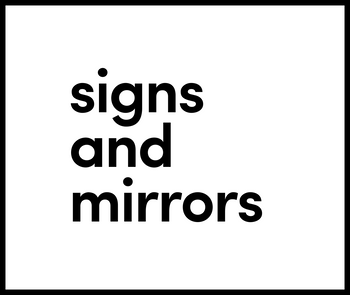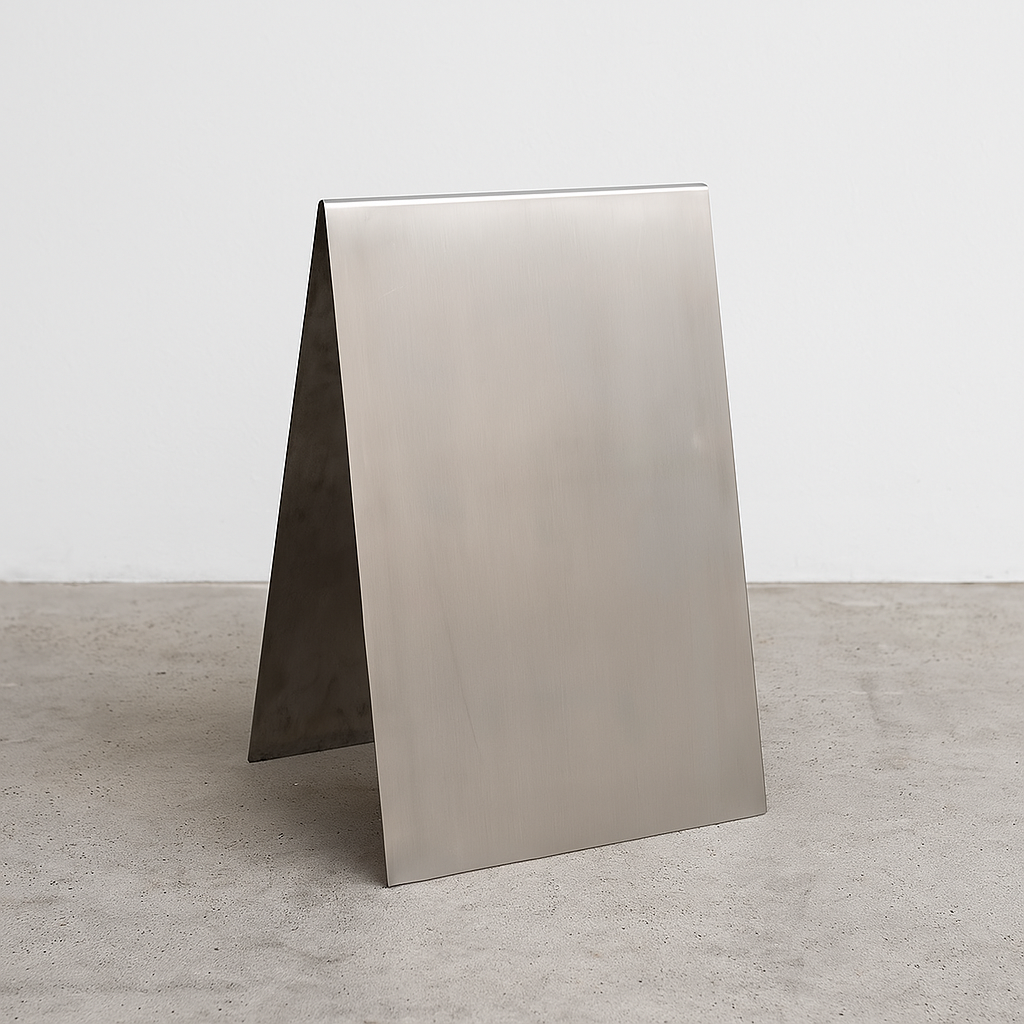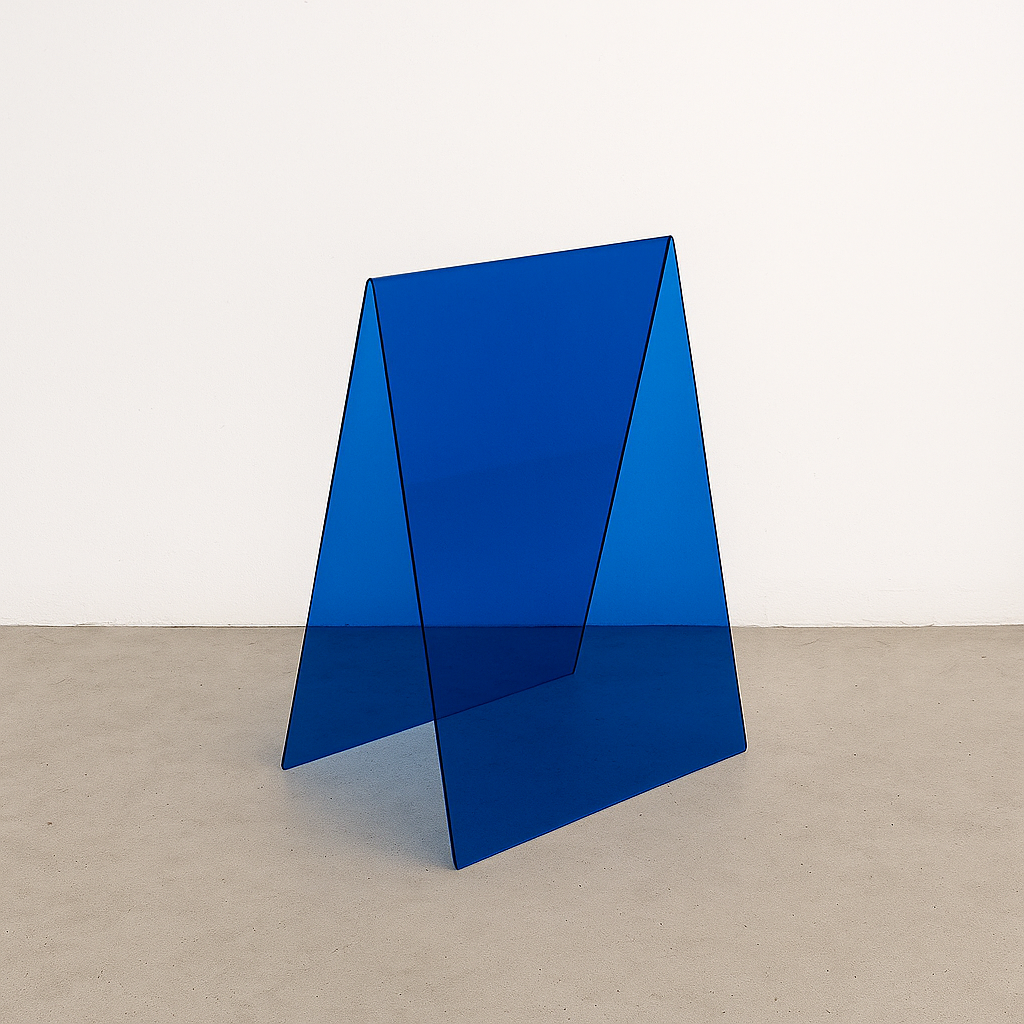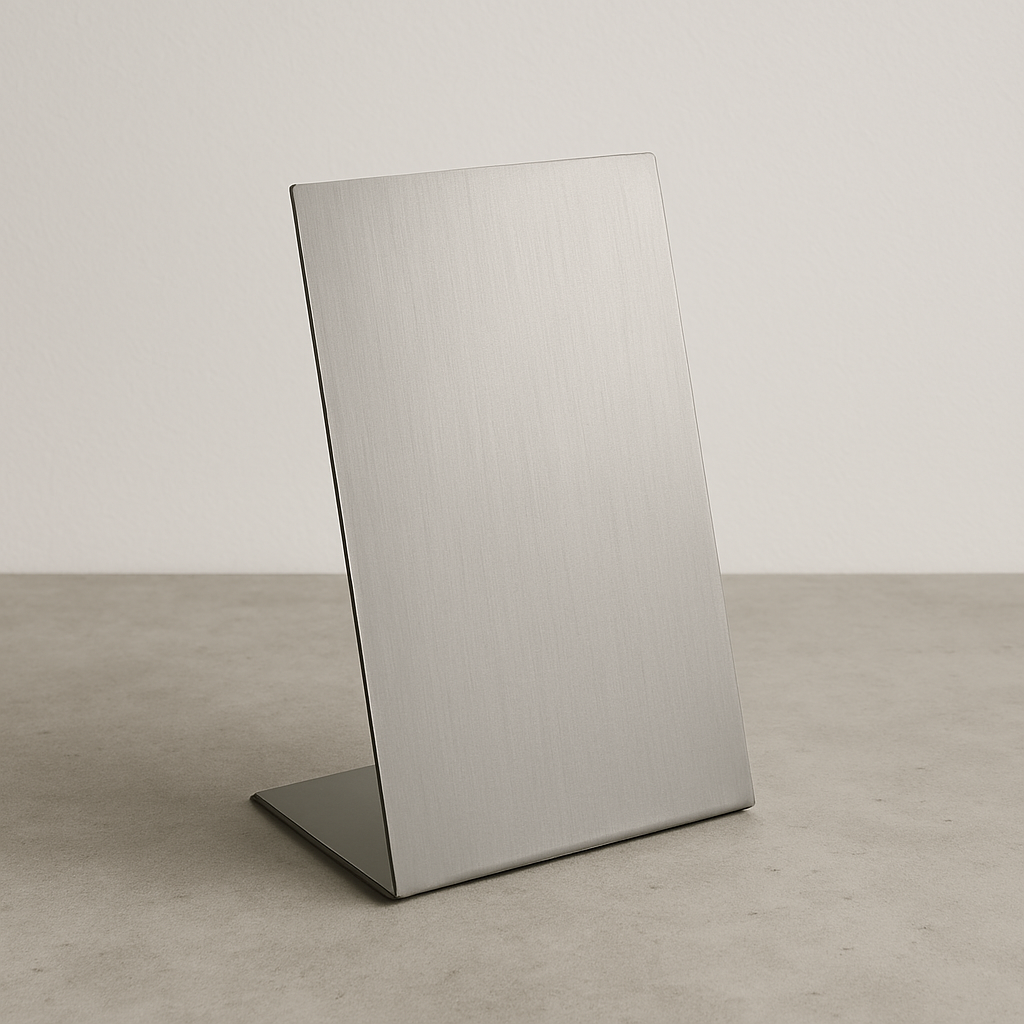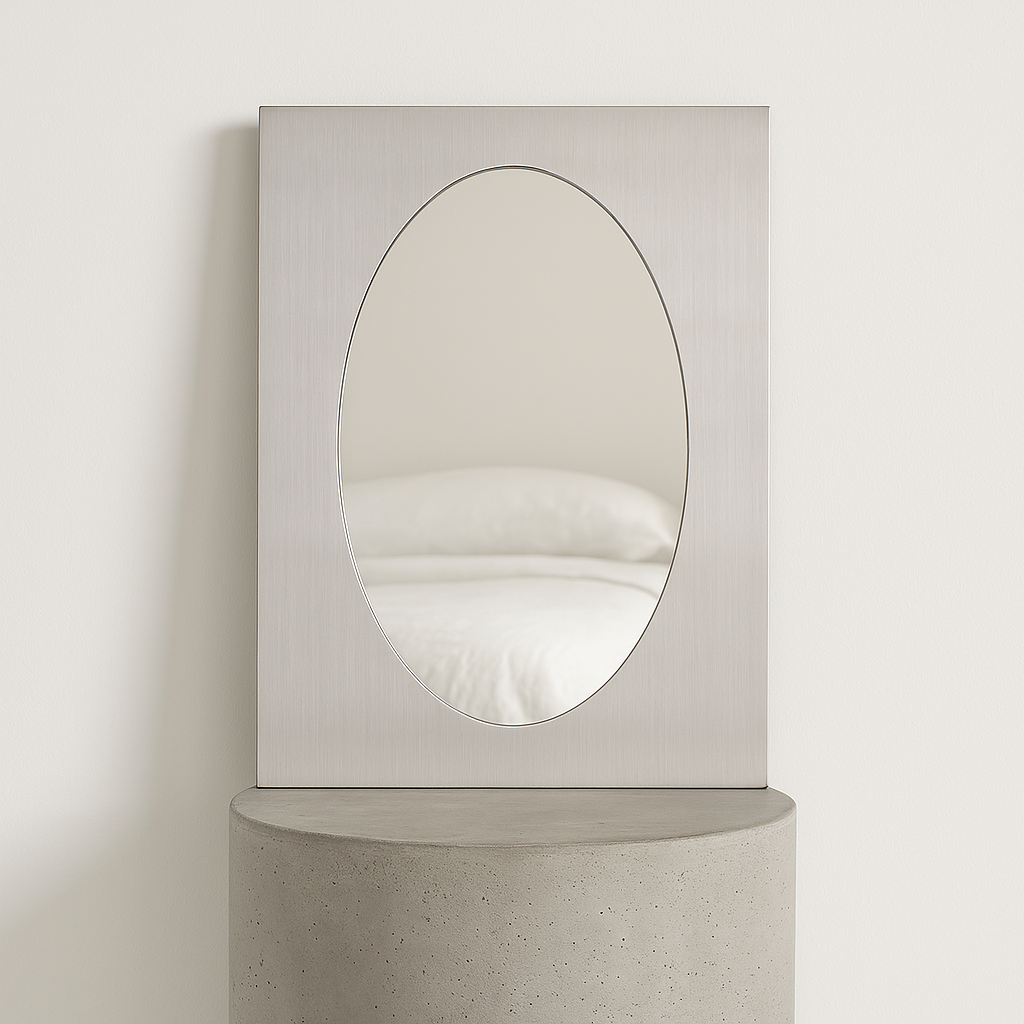Sidewalk signs are a simple way to draw attention from people walking past your storefront. For businesses like cafés, salons, retail shops, or local studios, these signs help share daily deals, events, or just make the space feel more welcoming. The tricky part is choosing one that not only looks good but also handles your location’s weather, matches your branding, and is easy to update or move when needed. A few key details can make the difference between a sign that blends into the background and one that actually gets noticed.
Why Sidewalk Signs Matter for Local Business
Sidewalk signs help businesses get noticed by people walking nearby. They are placed at street level where pedestrians can see them without looking up. This makes them useful for attracting attention and driving walk-ins, especially for businesses on busy streets or in shopping areas.
Retail stores, cafés, salons, and service providers often use sidewalk signs to display daily specials, hours, or simple messages like “Now Open.” Unlike permanent signs, they’re easy to move and update, so the messaging can change as needed.
They’re also cost-effective. Once bought, they don’t require ongoing spending to keep working. For businesses that rely on local foot traffic, sidewalk signs are one of the simplest tools to increase visibility without large advertising budgets.
Common Sidewalk Sign Formats and When to Use Them
Sidewalk signs vary in style, finish, and function. Below are several formats used in retail, hospitality, and commercial spaces each serving a slightly different purpose depending on placement, visual preference, and branding needs.

1.Mirrored A-Frame Sandwich Board Sign
The Mirrored A-Frame Sandwich Board Sign combines utility with high visual impact. Its fully reflective surface draws attention without the need for bold colors or lighting. Commonly used in fashion boutiques, salons, or upscale retail locations, it delivers a clean, modern look while remaining highly visible in natural light.

2. Stainless Steel A-Frame Sidewalk Sign
The Stainless Steel A-Frame Sidewalk Sign offers a more understated finish. It's a durable option built for regular outdoor use, with a brushed stainless surface that resists weathering. This model is often used by businesses that want something functional but still polished, especially in areas with changing outdoor conditions.

3. Mirrored Stainless Steel A-Frame Sidewalk Sign
The Mirrored Stainless Steel A-Frame Sidewalk Sign delivers a sharp, reflective finish that enhances visibility. Matching the high-impact surface of the standard mirrored model, it’s a top choice for businesses seeking a minimal yet premium design perfect for design-forward branding in retail or boutique settings.

4. Black Stainless Steel A-Frame Sidewalk Sign
The Black Stainless Steel A-Frame Sidewalk Sign is a popular choice for neutral, contemporary storefronts. It absorbs light rather than reflecting it, giving the message more prominence while blending seamlessly into a modern aesthetic. Often used in coffee shops, galleries, and service spaces.

5. White Stainless Steel A-Frame Sidewalk Sign
For brighter environments or brands with lighter tones, White Stainless Steel A-Frame Sidewalk Sign delivers strong contrast and clean lines. Its white powder-coated finish offers a softer, more approachable look compared to black or mirrored versions, making it a great fit for retail spaces with a minimal or light-toned design.
Explore the Full Collection
At Signs & Mirrors, we offer a full catalog of sidewalk signs designed for both visual appeal and long-term durability. The models listed above are part of a broader range that includes additional sizes, finishes, and custom formats. Whether you're outfitting a new storefront or updating your current signage, the full selection is available through our catalog, which includes options for retail, hospitality, and commercial use. For real-world examples of how our products are used in different environments, visit our Instagram page.
Choosing the Sidewalk Sign That Fits Your Business
Not all sidewalk signs serve the same purpose. While they may appear similar at first glance, their functionality varies depending on the materials, format, and intended environment. Some are designed for easy mobility, others prioritize weather resistance, and some are built to maximize visual impact. Selecting the right type of sign means evaluating how it will function in your everyday business operations, including the environment where it will be placed and the goals it needs to achieve.
Foot Traffic & Visibility
If your business relies on spontaneous visits from pedestrians, the sidewalk sign must stand out and draw attention from multiple angles. Signs placed near busy intersections or heavily trafficked pedestrian zones should be double-sided to ensure visibility from both directions. Finishes also play a role slanted surfaces reflect light, while mirrored finishes can catch attention quickly and visually "pop" in crowded surroundings. The goal is to create visual cues that guide passersby toward your storefront.
Weather Exposure
Sidewalk signs used outdoors face rain, sun, and wind. Durable materials are essential for longevity and safety. Stainless steel frames perform well in fluctuating temperatures and resist rust, making them ideal for permanent or semi-permanent outdoor use. In windy environments, their heavy construction (21–29 lbs) provides stability, though lighter signs may tip if not brought indoors during strong gusts.
Portability Needs
Some businesses need signs that can be easily relocated, especially if outdoor space is shared or signage must be removed after hours. A-frame signs, also known as sandwich boards, are a practical solution: they fold flat, are lightweight, and can be stored quickly.
Businesses with dedicated exterior space or covered walkways may opt for fixed standing signs, which are heavier and more stable but less flexible when it comes to repositioning.
Branding & Visual Style
Sidewalk signage is often the first visual touchpoint for your brand, so its style should reflect your overall aesthetic. A mirror-finish sign conveys modernity and sharpness, while a matte finish suggests understated elegance.
Black or white powder-coated frames suit minimalist or contemporary styles, whereas polished metal offers a premium, high-end look. Consider the surroundings too: a polished sign may stand out in a rustic setting, while a matte finish may better suit a historical or artsy district.
Message Format
How you plan to communicate on your sign whether it’s printed graphics, changeable lettering, or no text at all will impact the design you choose. Flat display boards accommodate printed inserts or vinyl overlays.
For a more abstract or visually-led approach, mirrored or high-gloss signs can act as artful reflections of the surroundings, requiring no text at all. Minimalist messaging works best when the sign’s design itself does the talking.
Available Space
Urban sidewalks and storefront entryways often have limited real estate. The footprint of your sign should match the space available without obstructing pedestrian flow. Compact frames are better suited for narrow sidewalks or shared spaces, where visibility needs to be balanced with safety.
If your business has room to spare, larger sign formats can draw more attention and accommodate more detailed messaging but they require clearance to avoid becoming a tripping hazard or violating municipal codes.
Additional Features That Add Value
Some sidewalk signs come with built-in design or functional upgrades. These may not be essential but can make everyday use more efficient or help the sign better match your workflow and environment.
- Interchangeable Frames: Snap-open edges or magnetic covers allow you to switch out prints without tools. Useful for promotions that change daily or weekly.
- Writable Surfaces: Chalkboard or whiteboard panels are ideal for temporary notes or pricing. Erasable, reusable, and flexible for informal messaging.
- Weighted Bases or Anti-Tip Design: Important for outdoor use in wind-prone areas. Built-in weight or fillable compartments help keep signs stable and upright.
- Integrated Handles or Rollers: Some A-frame models include carry handles or wheels, simplifying movement between indoor storage and sidewalk placement.
- Reflective or Polished Finishes: Mirrored or glossy surfaces draw attention by catching natural light. Works well in high-traffic retail or boutique environments.
- Custom Surface Options: Some signs are built to accommodate branding elements like vinyl lettering, laser-engraved logos, or color-coordinated panels.
These small design decisions can affect how practical and long-lasting your sign will be in real conditions. Choose based on how often you'll move, update, or rely on it visually.
Sidewalk Sign Regulations and Considerations
Before placing a sidewalk sign outside your business, it’s important to understand the local rules that may apply. Many cities and municipalities have specific guidelines covering signage on public walkways. Failing to follow them can result in fines, complaints, or forced removal of the sign.
1. Permit Requirements
Some locations require a permit or registration to place signage on a sidewalk, especially if the walkway is public property. In other cases, rules may vary depending on the type of business or zoning.
- Check with your city council or property manager before installation.
- Temporary or removable signs are more likely to be permitted than permanent fixtures.
- Special districts (e.g., historic or residential zones) may have stricter rules.
2. Size and Placement Restrictions
Even when signs are allowed, there are often limits on how large they can be and where they can be positioned.
- Signs usually must leave a minimum clearance for pedestrians, often 1.2 to 1.5 meters (4-5 feet).
- Some areas prohibit signs that block building entrances, ramps, fire hydrants, or utility access points.
- Oversized signs or those placed too close to curbs may be removed without notice.
3. Safety and Accessibility
Your sign should not create a hazard or interfere with foot traffic. This includes both its physical placement and how it performs in various conditions.
- Weighted or stable signs are preferred to prevent tipping or movement in wind.
- Avoid sharp edges, low-hanging elements, or anything that could be a tripping risk.
- In high-traffic areas, reflective finishes or contrasting frames can improve visibility without causing glare.
4. Content and Appearance Guidelines
Some jurisdictions regulate not just the size or placement of signs, but also what’s displayed on them.
- Offensive, flashing, or overly aggressive messaging may be restricted.
- Signs must be maintained in good condition with no peeling graphics, cracked frames, or obstructed text.
- Consistency with the surrounding visual environment may be required in historic or design-sensitive areas.
5. Landlord or Property Rules
If your business operates in a leased space, your landlord may have rules that go beyond city regulations.
- Some commercial properties limit what kinds of signs tenants can use.
- There may be designated zones where signage is permitted within private walkways or courtyards.
- Always get written approval before placing permanent or recurring signage in shared spaces.
Conclusion
Sidewalk signs remain one of the most practical tools for attracting attention in pedestrian-heavy areas. Their visibility at street level makes them effective for communicating offers, guiding foot traffic, or simply signaling that a business is open. With a wide range of formats - A-frames, standing signs, mirrored surfaces, writable panels it’s possible to match signage not just to your space, but also to your brand and workflow.
Choosing the right sign means balancing location, durability, message type, and aesthetics. By focusing on practical needs first, and then selecting finishes or features that align with your brand, you can ensure your signage works both functionally and visually over the long term.
FAQ
What’s the best type of sidewalk sign for windy areas?
Weighted base signs or standing frames with a low center of gravity are more stable in wind. Stainless steel models with wide legs or fillable bases are recommended.
Do I need a permit to place a sidewalk sign outside my business?
In many cities, yes, especially if the sign is on public property. Always check local regulations or consult your property manager before installing signage.
Can I use mirrored signs outdoors?
Yes, mirrored stainless steel signs are durable and weather-resistant. They also reflect light, which helps attract attention in natural daylight.
How often can I update the message on the sign?
It depends on the design. Snap frames and writable boards allow for frequent updates. Solid mirrored or polished signs are better suited for permanent or minimal designs.
What size sign should I choose?
The ideal size depends on available sidewalk space and viewing distance. Compact A-frames work well in narrow zones, while larger signs increase visibility from farther away.
